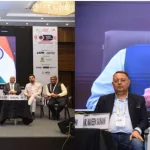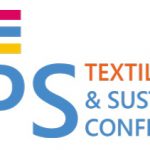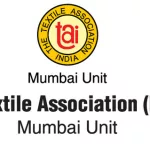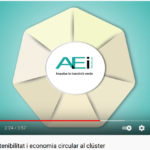There appear to be several different schools of thought as to what factors make articles of textile apparel/clothing sustainable. We are familiar with the old school of thought that advocated for adopting the best practices in production processes that lead to greater efficiency, minimize waste, and use water & energy efficient machineries and processes. This was mainly for producers’ own cost savings and profit maximization. In the process consumers also could benefit if a part of these savings was passed on to them. The point to be noted here is that although this significantly contributed to what we call today ‘sustainability’, no one really bothered to have any claims in this regard. Today, same steps taken by producers will qualify them to claim to be sustainable.
A brief look at the pattern of ITMA Exhibitions — held every four years since 1951 – with respect to the focus areas and developments/innovations can reveal how the nomenclature in the industry practices has changed over the last 20-25 years. Always, the focus had been on innovation, which meant different things for different producers. Innovation in terms of higher speed, pollution control/environment, new technologies & products, new applications, better performance, modernization/globalization, automation, safety, reduced labor/cost, and so on. These innovations were packaged and marketed under different labels, but the most common feature of all the innovation had been always to offer higher profitability for the producers and provide better performing products to the consumers. It had always been pure business. Nothing else.
Today, we are packaging practically all of the similar new innovations taking place in the industry and labelling them as ‘sustainable’ in order to sell more quickly. The product innovations that we used to work for all these years were also aimed at achieving the very same goals, e.g. novel fabric properties like fastness, durability, softness, new applications, more profit, environmental concerns, etc. So what has changed that makes ‘sustainability’ as the powerful force in the industry today?
Do we want people to consume less, buy less – wear more? Do we want them to buy old clothes? Do we want them to buy low cost clothing that doesn’t last long? Do we want consumers to pay more for increasing the benefits to workers and to do some CSR work? Do we want to pass on the burden of extra expenditure incurred in promoting sustainability on to the customers. Certainly no apparel/clothing maker wants to curtail his production activities or cut his earnings for the sake of saving the planet earth or the sustainability, in short.
The buyers will not mind if we change the packaging, as well as the label, in the newly innovated products as long as the prices are same or lower. But we can’t ask consumers to pay more just by changing the message on the new label claiming the product’s contribution to saving the planet earth! That would be emotional blackmailing. Wouldn’t it?
G.D. JASUJA
Managing Editor





